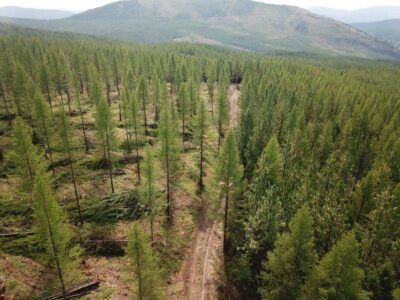High Speed Rail’s A-Coming to California
With the California Legislature’s recent approval of the sale of voter-approved state bonds to fund high speed rail, it looks like the bullet train is actually coming to the state. Since voters approved the bonds in 2008, the economy has collapsed, and the details of the proposed route has made enemies out of many communities in the path of the train. As a result, the system has lost its luster with the voting public and many key interest groups, including some environmental organizations.
Unfortunately, the initial leg of the system will be built in arguably the least effective place in the state. Due mostly to political pressure, the Central Valley will get high speed rail first, even though the most logical first segment, from a ridership standpoint, would be from Los Angeles to San Diego. Ironically, that will probably be the last segment that will ever get built. But the Central Valley starting segment may ensure that the system will actually connect Northern and Southern California, as residents across the state will demand access to and from the Central Valley portion. And once the federal and state governments start spending money on the system, it becomes harder politically not to keep funding it, even if it takes decades to finish.
Fortunately, stakeholders still have time to influence the route in some of the Central Valley portion, as well as its connections to the north and south. The political compromise in Sacramento to authorize the bond sale also directed some of that money to improve and electrify Caltrain in the Bay Area and Metro Link in Southern California. These upgrades that will have immediate environmental and economic benefits for those systems, while residents otherwise wait decades for high speed rail to actually service their metropolitan region directly.
In the short term, the system could still be thwarted by environmental lawsuits under the California Environmental Quality Act and the National Environmental Policy Act. Everyone from farmers to local governments have filed suit to require further study on the system’s impacts. At stake is a December 31st deadline to start construction to qualify for federal funds (and my guess is that the Obama Administration will apply a liberal definition of “construction” to facilitate the funds).
In the long run, high speed rail will help California address the travel needs of a growing population, electrify mass transportation to reduce carbon emissions and avoid dependence on petroleum-based fuels, and help shape future land use patterns in a more sustainable manner. Serious concerns remain over the route, so let’s hope stakeholders and decision-makers are successful in ensuring that the train’s ultimate path is as efficient and effective as possible. Either way, building a statewide high speed rail network will involve a multi-decade process that has only just begun.








Reader Comments